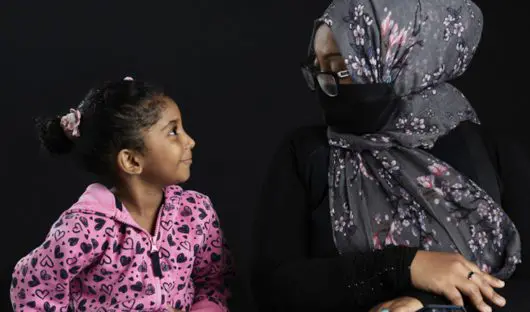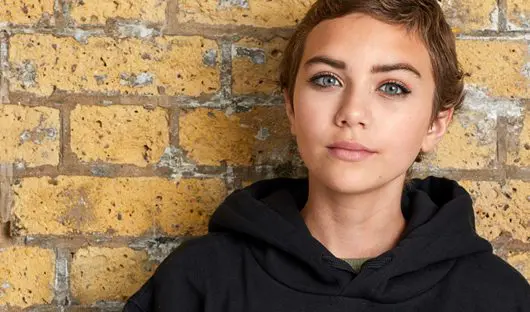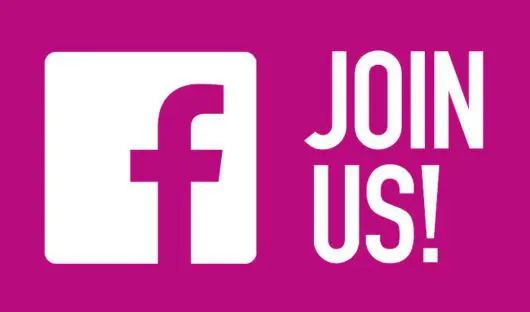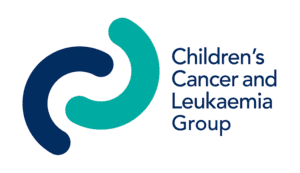Rhabdomyosarcoma
Rhabdomyosarcoma is a type of soft tissue sarcoma (tumour). Fewer than 60 children are diagnosed with rhabdomyosarcoma in the UK each year. Most of them are younger than 10 years old. It is more common in boys than girls.
Sarcomas are rare types of tumour that develop in the supporting tissues of the body, such as bone, muscle or cartilage. There are two main types of sarcomas:
- Soft tissue sarcomas can develop in muscle, fat, blood vessels, or in any of the other tissues that support, surround and protect the organs of the body
- Bone sarcomas can develop in any of the bones of the skeleton.
Rhabdomyosarcoma is the most common of soft tissue sarcomas in children. These tumours develop from muscle or fibrous tissue and can grow in any part of the body.
The most common areas of the body to be affected are around the head and neck, bladder, testes, womb, or vagina.
Sometimes tumours are also found in a limb, in the chest or in the abdominal wall. If the tumour is in the head or neck area, it can occasionally spread into the brain or the fluid around the spinal cord.
Causes
The causes of rhabdomyosarcoma are unknown but research is going on all the time. Children with certain rare genetic disorders, such as Li-Fraumeni syndrome, have a higher risk of developing rhabdomyosarcoma.
Symptoms
The most common symptom is a lump or swelling. Other symptoms will depend on the part of the body that’s affected by the rhabdomyosarcoma:
- A tumour in the head or neck area can sometimes cause a blockage (obstruction) and discharge from the nose or throat. Occasionally, an eye may appear swollen and protruding.
- A tumour in the abdomen (tummy) can cause pain or discomfort in the abdomen and difficulty going to the toilet (constipation).
- A tumour in the bladder may cause symptoms such as blood in the urine and difficulty passing urine.
How rhabdomyosarcoma is diagnosed
Different tests are usually needed to diagnose a rhabdomyosarcoma. Your child may need a small operation to remove a sample from the tumour (a biopsy) so that it can be examined under a microscope. This is usually done under a general anaesthetic.
Tests may be done to check the exact size of the tumour and to find out if it has spread to any other part of the body. These may include:
- a chest x-ray to check the lungs
- an ultrasound
- CT or MRI scans
- blood and bone marrow tests.
Any tests and investigations that your child needs will be explained to you.
Staging
The ‘stage’ of a cancer is a term used to describe its size and whether it has spread from where it first started. Knowing the stage helps the doctors decide on the most effective treatment for your child.
The staging system for rhabdomyosarcoma is based on where in the body the tumour started and whether it is in only one part of the body (localised disease), or if it has spread to another part of the body (metastatic disease).
There are different ways of staging rhabdomyosarcoma, and your child’s specialist doctor will explain more about the system they are using.
Treatment
Rhabdomyosarcomas are rare tumours and should be treated at specialist centres. Treatment will depend on the size of the tumour, it’s type, its position in the body and whether it has spread.
The three main types of treatment for soft tissue sarcomas are chemotherapy, surgery and radiotherapy. Your child may have a combination of treatments.
Chemotherapy
Chemotherapy is the use of anti-cancer (cytotoxic) drugs to destroy cancer cells. It can be given to shrink the tumour before surgery or after surgery to reduce the risk of rhabdomyosarcoma coming back. The drugs used and the length of treatment depends on the type and stage of the rhabdomyosarcoma.
Surgery
If it is possible, your child will have an operation to remove all or as much as possible of the tumour, without damaging surrounding tissue or organs. The operation will depend on the size of the tumour and where it is in your child’s body. The surgeon will explain what is involved. Chemotherapy is usually given before surgery to shrink the tumour and make it easier to remove with surgery. If an operation isn’t possible, both chemotherapy and radiotherapy are given
Radiotherapy
Radiotherapy treats cancer by using high energy rays, which destroy the cancer cells while doing as little harm as possible to normal cells. It may be given after surgery to the area where the rhabdomyosarcoma started.
Late side effects
A small number of children may develop long-term side effects many years after treatment for a rhabdomyosarcoma. This depends on the type of treatment your child had. Your child’s doctor or nurse will talk to you about any possible risk of late side effects. Follow-up for children who have had cancer includes close monitoring for any signs of late effects.
This information was written by the Children’s Cancer and Leukaemia Group (CCLG)
You might also want to look at
My child has cancer
If you're a parent or carer of a child diagnosed with cancer, get the right help and advice for us to support you.
My child has cancer
I have cancer
Your go-to place for everything you might need when you've been diagnosed with cancer.
I have cancer
Join our Facebook groups
Meet others with similar experiences, share your views and have your voice heard.
Join our Facebook groups
